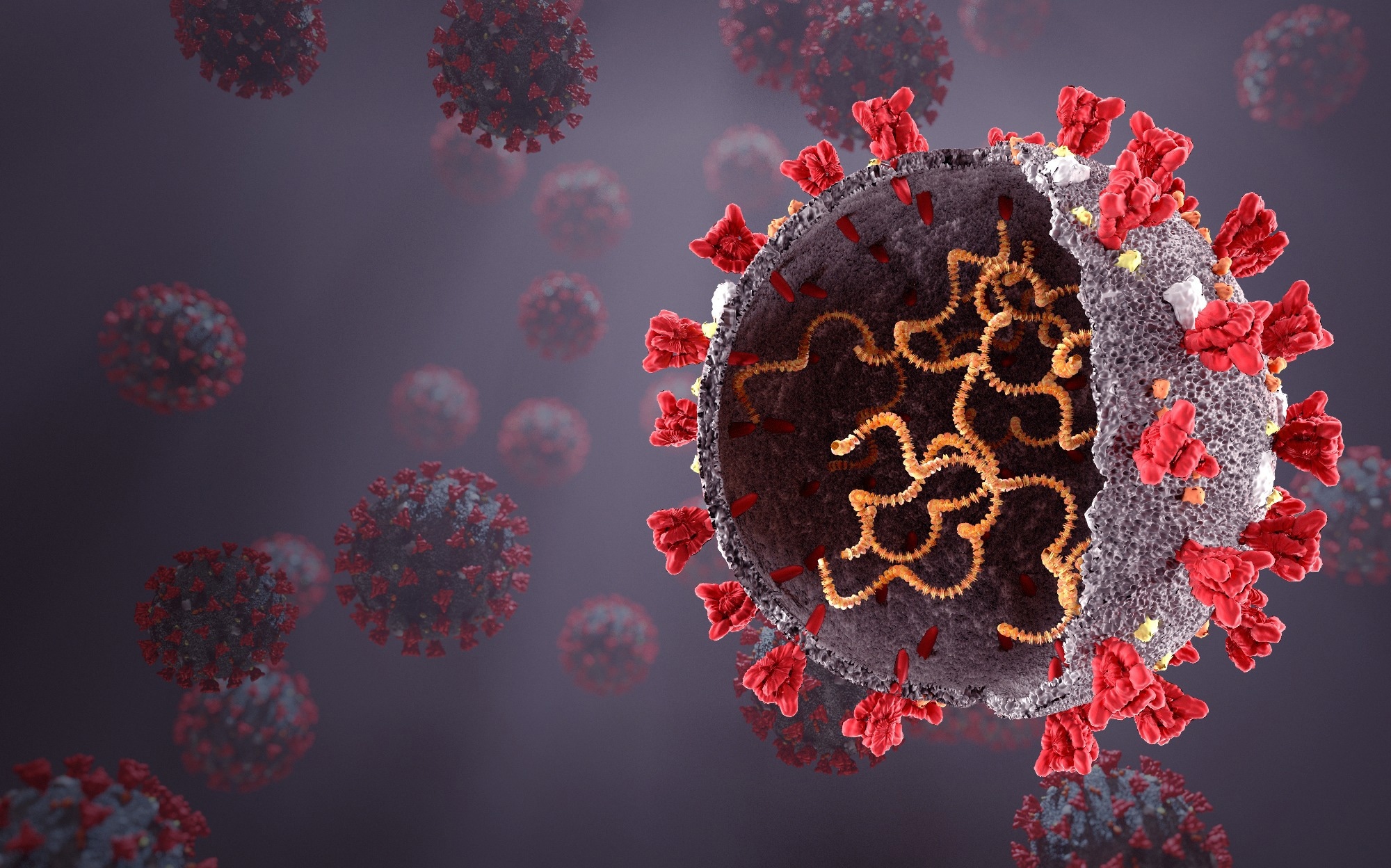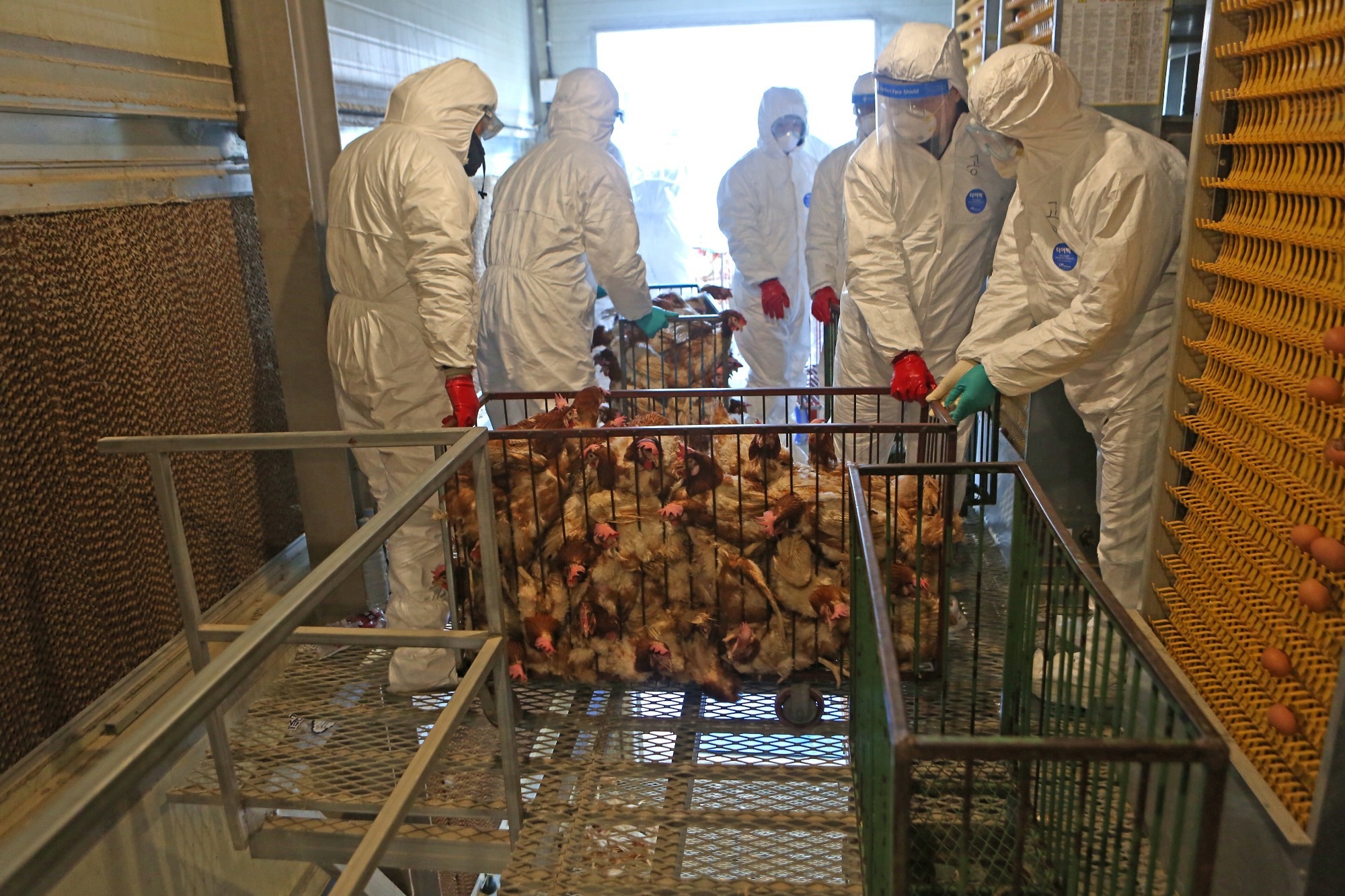Introduction to Gain-of-function
The origins of GOFR
Defining GOFR
Applications of GOFR
GOFR and COVID-19
Potential alternatives to GOFR
What is dual-use research of concern?
Conclusion
References
Further reading
Introduction to Gain-of-function
Gain-of-function research (GOFR) refers to the serial passaging of microorganisms to increase their transmissibility, virulence, immunogenicity, and host tropism by applying selective pressure to a culture.
GOF is performed to understand how a pathogen adapts to environmental pressures, thereby allowing disease control measures to be better planned, as well as potential vaccines and therapies to be explored. Gene editing technologies such as clustered, regularly interspaced short palindromic repeats (CRISPR) may be utilized in combination with selective serial passaging to investigate the role of specific genes on protein expression and ultimate organism function.
 Image Credit: Orpheus FX / Shutterstock
Image Credit: Orpheus FX / Shutterstock
The origins of GOFR
The term GOFR originated from two controversial research experiments involving mutated versions of the H5N1 avian influenza virus, wherein ferrets were infected with airborne viral particles.
Although H5N1 was associated with a mortality rate of 60% when it was in circulation in the early 2000s, it had limited person-person transmissibility. Nevertheless, concerns that H5N1 could evolve to transmit more effectively among humans while retaining its high mortality rate led researchers to develop non-natural mutated strains for in vivo testing. These experiments demonstrated that it was possible for this virus to become airborne and that the strain was sensitive to certain antiviral drugs.
When the two research groups that conducted these studies attempted to publish their findings, the United States National Science Advisory Board for Biosecurity, an advisory committee to the Director of the National Institutes of Health (NIH), requested publication be halted. These precautions arose from fears that details of these experiments, including the genetic changes that were induced to increase the transmissibility of the tested strains, might be exploited to create biological weapons.
 Quarantine agents destroying chicken to prevent avian influenza at a poultry farm. Image Credit: Stock for you / Shutterstock
Quarantine agents destroying chicken to prevent avian influenza at a poultry farm. Image Credit: Stock for you / Shutterstock
In early 2012, an international group of influenza researchers announced a 60-day pause on research with highly pathogenic avian H5N1 viruses that could lead to enhanced transmissibility in mammals.
The 60-day pause eventually lasted more than eight months, during which the topic of whether or how the research should be conducted and shared was debated in forums assembled by the World Health Organization (WHO), the U.S. National Academies, and in the pages of newspapers and scientific journals.
Several months later, both research teams were allowed to proceed with publishing the unredacted articles, including the full sequence data, in Science and Nature.
In 2017, the U.S. implemented the potential pandemic pathogen care and oversight (P3CO) policy to review mechanisms for research involving pathogens with high transmissibility and virulence. The development of P3CO led researchers to replace GOF language with 'potential pandemic pathogen (PPP)' wording to describe such research. PPP describes the potential risks associated with releasing a pathogen that could cause widespread harm to public health.
Defining GOFR
GOFR is a subset of "dual-use research" and involves experiments usually performed to improve the understanding of disease-causing pathogens, their interaction with human hosts, and their potential to cause pandemics.
GOFR aims to inform public health and preparedness efforts, as well as support the development of medical countermeasures (MCM) when conducted by responsible scientists.
Although some scientists argue that GOFR poses an unjustified risk to public health, this research has contributed indefinitely to the development of MCM, including vaccines like the yellow fever vaccine.
GOF experiments also help scientists understand how close a newly emerged pathogen is to mammalian transmission. In this context, GOFR can allow researchers to identify the lowest number of mutations needed for a naturally occurring pathogen in animals to be able to infect humans.
Public health authorities could immediately intervene if the pathogen is one mutation away from spillover. Conversely, if the pathogen is 20 mutations from reaching humans, it may be more appropriate to instead closely monitor this pathogen without making any sudden decisions.
These investigations may also allow scientists to explore how different environments affect evolution or the impacts of specific mutations in different environments, which can inform public health mitigation measures.
Applications of GOFR
GOF studies are typically applied in virology and have revealed many details regarding the biological mechanisms responsible for viral transmission and replication.
The high replication and mutation rates of viruses often lead to escape mutants. It is common for these new viral lineages to acquire genomic changes that reduce or eliminate the affinity of natural or vaccine-induced antibodies toward the virus.
For example, early studies regarding the E484K mutation of the severe acute respiratory syndrome coronavirus 2 (SARS-CoV-2) spike protein suggest affinity towards the angiotensin-converting enzyme 2 (ACE2) receptor, the target of the virus, is enhanced. Simultaneously, neutralization by serum antibodies sourced from patients who had previously recovered from wild-type SARS-CoV-2 infection is evaded more effectively.
The U.S. Food and Drug Administration (FDA) requires animal testing on vaccines before human trials can begin. Since viral tropism towards the model species is unlikely to exist already, in cases where human viruses are under investigation, strains that can infect the model species must be generated. This can be achieved using GOFR, wherein the virus is passaged through the animal, thereby allowing molecular determinants of transmissibility to be identified and vaccines under investigation to be tested.
GOFR and COVID-19
GOFR provided scientists with the basic patterns and rate of evolution of CoVs, even before the onset of the coronavirus disease 2019 (COVID-19) pandemic.
These efforts allowed researchers to characterize spike proteins in different SARS-CoV backbones. More specifically, the insertion of mutations reported from public health genomic surveillance into these viral backbones assisted in the rapid development of effective vaccines that were also tested against emerging variants.
Potential alternatives to GOFR
Utilizing low-pathogenic strains for GOFR, or specifically only performing loss-of-function research, where the function of genes is investigated by their removal, has been proposed due to the safety concerns associated with generating enhanced virulence pathogens. However, the kinetics of replication and tropism is not necessarily well replicated in low-pathogenic strains, while loss of function research alone often does not provide sufficient data.
Farther removed alternatives such as single-protein or replication-incompetent virus in vitro studies, in silico modeling, or long-term genetic sequence comparison of samples collected from patients are under increasingly intense investigation to replace GOFR.
What is dual-use research of concern?
Scientists who oppose GOFR often cite the potential risks that these studies may pose to public health. 'Dual research of concern' (DURC) has been described as life sciences research that could have beneficial and malicious effects on human health and other plants, animals, environments, materials, or national security.
Although many dual-research studies have legitimate objectives, critics argue that full details provide a "recipe" for making lethal biological weapons; thus, the risks outweigh their benefits.
Of particular concern are the advances in biotechnology that could enable the development and use of biological weapons of mass destruction. In addition, research involving infectious pathogens is also of concern due to its potential for dual use.
Some of the different types of experiments that could be considered DURC include those that render a vaccine ineffective, confer resistance to antibiotics or antivirals, enhance the virulence of a pathogen, cause a non-pathogenic strain to become virulent, increase the transmissibility of a pathogen, alter host range, evade diagnosis by established diagnostic tools, enable the weaponization of a biological agent or toxin, allow for genomic sequencing of a pathogen, involve artificial synthesis of pathogens, utilize the Variola virus, which is the causal agent of smallpox, as well as revive historic pathogens.
Conclusions
GOFR can provide information on possible mutations that arise in currently known viruses. Furthermore, such studies could improve community surveillance efforts to identify the emergence of such mutant strains. Thus, GOFR could ensure that the public is prepared in advance for potential outbreaks.
The scientific community calls for transparency and safety accreditation for all laboratories performing GOFR on highly pathogenic organisms. This is particularly important with regard to public relations and opinion in the wake of the COVID-19 pandemic, where public mistrust of science increased due to the spread of unfounded conspiracy theories regarding the origin of SARS-CoV-2.
Regardless of the true origin of SARS-CoV-2, the COVID-19 pandemic has demonstrated that global infrastructure is largely unprepared for such an outbreak. As a result, many scientists have argued that GOFR could have predicted this event and better prepared the world to mitigate the outbreak.
References:
- Cele, S., Gazy, I., Jackson, L., et al. (2021) Escape of SARS-CoV-2 501Y.V2 from neutralization by convalescent plasma. Nature. doi:10.1038/d41586-021-03471-w.
- Board on Life Sciences, Institute of Medicine. (2015) Potential Risks and Benefits of Gain-of-Function Research: Summary of a Workshop. Washington (DC): National Academies Press (US). https://www.ncbi.nlm.nih.gov/books/NBK285579/
- Herst, S., Schrauwen, E. J. A., Linster, M., et al. (2012) Airborne Transmission of Influenza A/H5N1 Virus Between Ferrets. Science, 336(6088). doi:10.1126/science.1213362.
- Selgelid, M. J. (2016) Gain-of-Function Research: Ethical Analysis. Science and Engineering Ethics 22(4). doi:10.1007/s11948-016-9810-1.
- Imperiale, M. J. & Casadevall, A. (2020) Rethinking Gain-of-Function Experiments in the Context of the COVID-19 Pandemic. mBio 11(4). doi:10.1128/mBio/01868-20.
- Warmbrod, K. L., Montague, M. G., & Gronvall, G. K. (2021). COVID-19 and the gain of function debates. EMBO Reports. doi:10.15252/embr.202153739.
Further Reading
Last Updated: Sep 4, 2022